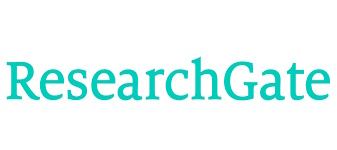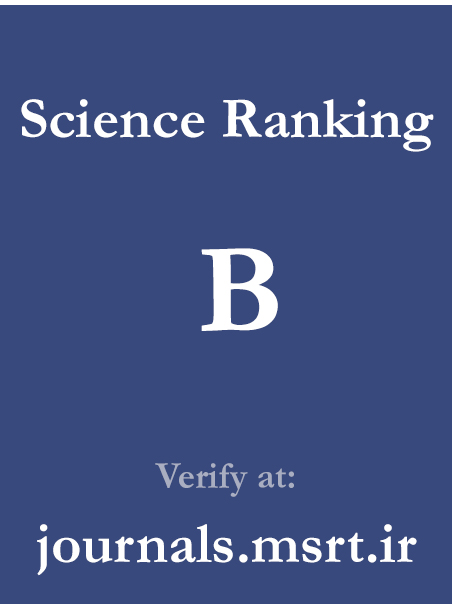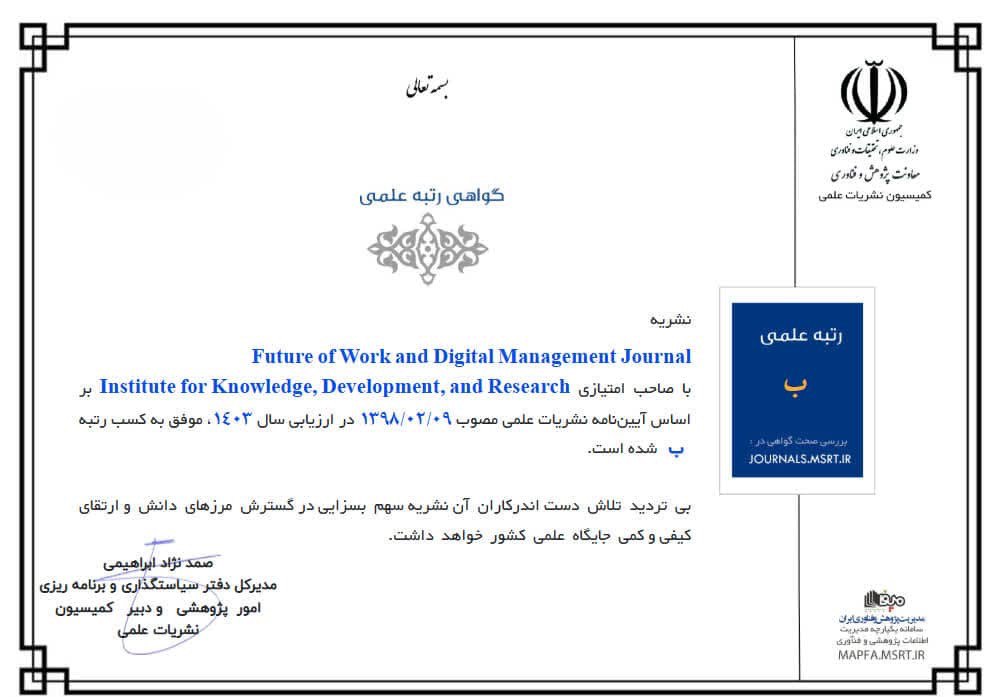About the Journal
The Future of Work and Digital Management Journal (FWDMJ) is an international, peer-reviewed, open-access academic journal dedicated to the study of the evolving nature of work and management in the context of rapid digital transformation. The journal seeks to bridge the gap between scholarly research and practical application by exploring emerging paradigms, innovative practices, and the socio-technical dynamics that are reshaping work environments, managerial roles, and organizational structures across industries and geographies.
The FWDMJ serves as a scholarly platform for researchers, practitioners, policymakers, and thought leaders interested in understanding how digital technologies—including artificial intelligence, machine learning, blockchain, remote collaboration tools, and data-driven decision-making—are altering the landscape of work and the principles of management. The journal fosters interdisciplinary dialogue by publishing high-quality, original research articles, conceptual papers, case studies, and reviews that offer fresh insights into the future trajectories of work and managerial processes.
As an open-access journal with a rigorous double-blind peer-review process, the FWDMJ upholds the highest standards of academic integrity, research transparency, and editorial excellence. The journal is published online quarterly, and all accepted articles are made freely available to the global scholarly community without subscription or paywall barriers.







